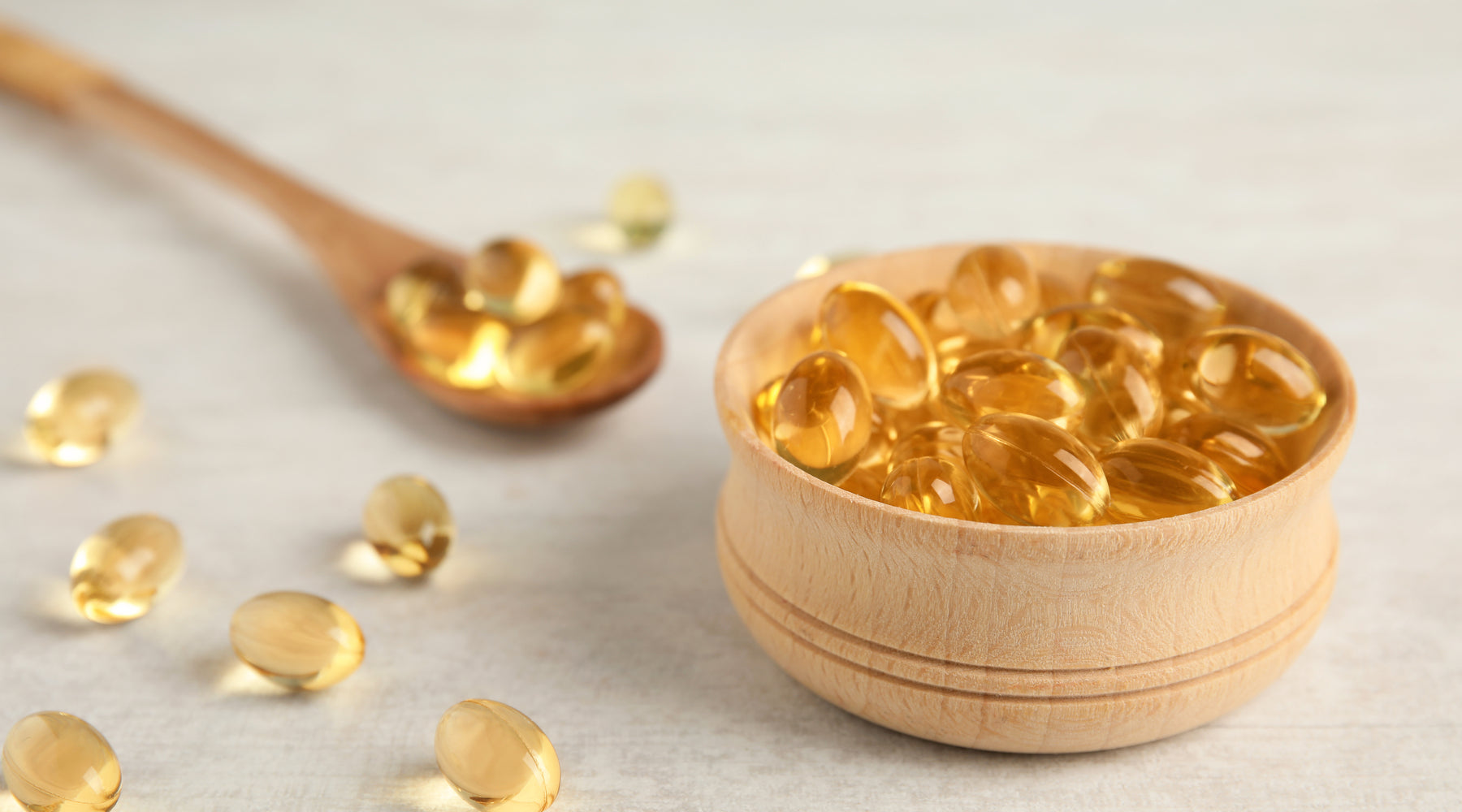on all US orders over $99
on all US orders over $99

For many people, it can be truly overwhelming. Our team fields lots of questions every day, and one of the most common is the difference between “GLA” and “CLA.” What's the difference between GLA and CLA supplements?
And, with only one letter apart, the confusion is understandable! So, should you take one or both of them? How are they similar and how are they different?
GLA (gamma linolenic acid) and CLA (conjugated linolenic acid) are omega-6 fatty acids which help burn fat, promoting weight loss. Both are good for preventing weight gain after you’ve lost weight, and both help to control appetite. However, they accomplish these goals differently.
GLA raises your metabolism by making brown fat (adipose tissue) in the body burn calories for energy and to keep your body warm. Usually, brown fat is not as active in overweight people and that’s where GLA comes in. It can help activate brown fat and burn off the ugly “white” fat that accumulates under your skin all over your body. GLA is also a good appetite suppressant since it raises the levels of serotonin so you feel full and eat less. A study at the Welsh National School of Medicine in Cardiff, found that participants lost between 9 to 11 pounds in 6 weeks while taking GLA.
In addition to its “interior” affects, GLA also has exterior benefits! The prostaglandin it produces is an anti-inflammatory and diuretic, and helps the skin maintain tone and stay moisturized so it’s not saggy after and during weight loss.
Our favorite GLA supplement for weight loss is the GLA-90 formula which contains 90 mg of gamma linolenic acid from cold pressed black currant seed oil.
What is CLA? CLA is especially good at burning visceral fat, the kind hiding in between muscles and organs, and especially helpful for belly fat. Research published in the International Journal of Obesity (August 2001) found that a group of overweight men taking CLA lost mostly belly fat and reduced their waistlines by 1 inch without making any diet or lifestyle changes. In a similar study, women lost mostly belly and thigh fat with CLA and reduced their waistlines by 1.2 inches.
While CLA helps burn fat, it helps gain lean muscles at the same time. A year-long research study performed by the Scandinavian Clinical Research Group found that overweight people lost 9% of their body fat and increased their lean muscle mass by 2% just by taking CLA with no changes in their diet or lifestyle. And, a University of Wisconsin-Madison study concluded that CLA helped to prevent weight gain in people who previously lost weight. When the group gained weight while taking CLA, half of them gained weight back it was lean muscle! How does it work? CLA inhibits an enzyme called lipoprotein lipase which is involved in the storage of fat into fat cells. It keeps little fat cells from getting big, according to Michael Pariza, director of the Food Research Institute who conducted the University of Wisconsin Study.
CLA also helps reduce your appetite, especially when you are not getting enough sleep. It lowers levels of leptin when is raised with sleep deficiency and makes you hungrier. Another study showed the leptin levels dropped 20-35% in 24 months in those taking CLA.
Available at the study-backed dose of 1000 mg per softgel, our CLA-1000 formula is derived from safflower oil.
So, should you take one or both of these amazing omega-6s? You decide.
I’ve taken both of them for years to help maintain my weight and have a flat stomach at 70! They work!
The post GLA vs. CLA – What’s the Difference? appeared first on Your Health Keys.
Comments
Leave a comment